Bomb craters (8) - Camouflet crater
Posted: 14 December 2012 21:29
Not all bombs exploded when they hit the ground; an underground explosion would cause a cavity known as a 'camouflet'. Amazingly, landscape evidence of a camouflet still exists today.
As usual, it was documentary evidence that lead me to the site. Our incident occurred on 23 February 1944 in a raid on Eastbourne. We have a grid reference, an impact time of 22:28, the fact that the bomb was estimated as 50kg and caused a camouflet, but the documents tell us nothing about the raid or the aircraft involved.
I mentioned camouflets in part 1; the graphic below is shown again as a refresher:
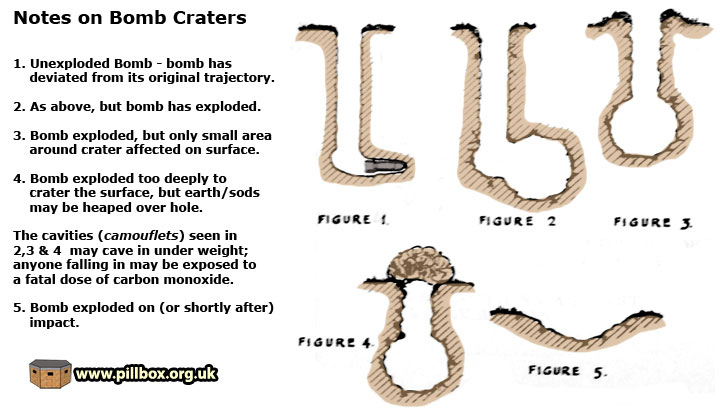
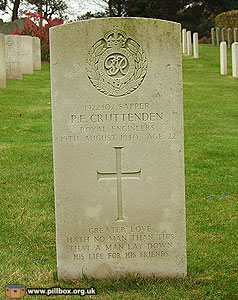
The danger of camouflets
Since I compiled the above graphic and notes, the following Royal Engineers war diary entry has come to light, underlining the danger of camouflets.
On 19th August 1940:
Sappers Pearson and Cruttenden were killed whilst removing unexploded bombs. They were overcome by fumes from a chamber which had been made by a bomb forming a camouflet underground. They were overcome by carbon monoxide fumes.
Completely by chance as I was writing this, I realised that I had actually photographed Percy Cruttenden's grave in Hastings Cemetery back in 2010 (photo at right).
Percy's parents lived in the town and so he was laid to rest here. The war diary doesn't state where the accident happened, though I believe it might have been over in Kent.
Sapper Arthur Pearson was buried in Oxted, Surrey.
It's interesting how the process of composing this blog entry has lead to some loose ends being tied up and another story behind a headstone being uncovered.
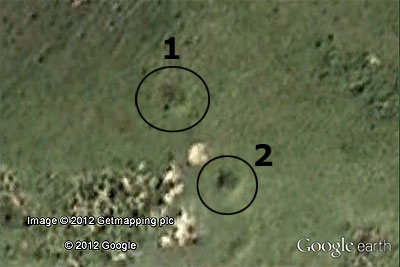
Locating the 1944 crater
Taking the grid reference of the camouflet and looking at Google Earth, I identified two possible sites bunched close together, as shown at right.
Having a pair of possible features to investigate, I approached no.1 first. Standing in it, I thought I had found the crater - until I found no.2!
There's no records of any more than a single bomb falling here during the raid, so feature 1 could possibly be a crater from an earlier raid (the later raids are better documented), but it's unlikely.
Feature 2 is shown below and is undoubtedly our crater:
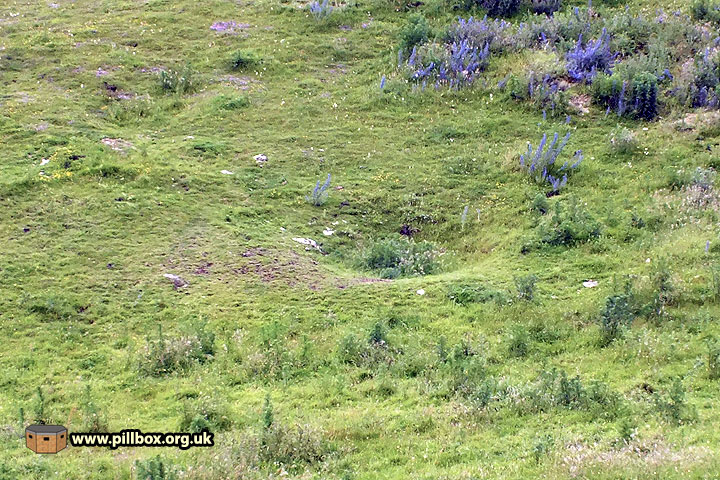
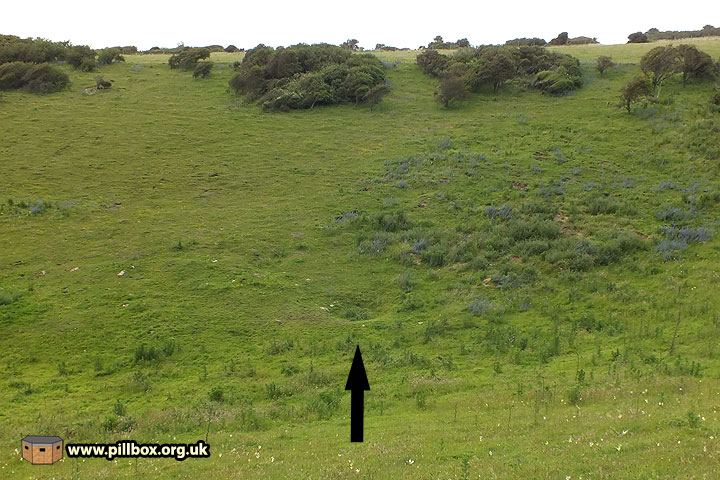
To be honest, there's nothing really to immediately distinguish this as a camouflet from a crater caused by a surface detonation. Due to its recording as a camouflet in wartime documents, I can only assume that it was backfilled and stabilised at the time - the amount of hoof-prints and cow pats in and around the crater indicated that I wasn't going to suddenly be swallowed up by it.
The crater measured 4.25m across by 80cm deep - again, the section below does not look any different to any other bomb crater I've surveyed. The fact that it was seemingly backfilled has probably destroyed any evidence of its original form.

In March 1942, the Home Office conducted some tests by exploding small camouflet charges in chalk:
In every case where a camouflet was obtained there was an accompanying system of surface cracks, together with a small amount of ground upheaval.
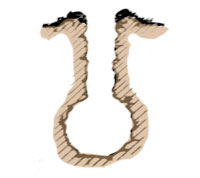
The charge used in these tests was 1lb (2.2.kg); the results were scaled up mathematically, meaning that the 55lb (25kg) charge of the SC50 bomb would produce a camouflet 21ft (6 metres) deep! You can see why the crater had to be backfilled and is nowhere that deep today; it might have been the depth that lead to the estimation of the bomb being a 50kg type.
The photo below shows the raised lip of the crater; this is too subtle to register on my hurriedly-surveyed section above but bears a resemblance to that seen in figure 3 in the diagrams at the top of the page and reproduced at right. Is this the "ground upheaval" of the type the Home Office boffins reported? I've not seen this raised lip on any other bomb crater so far, and this is perhaps the only landscape evidence today that might set this camouflet crater apart from ground burst craters.
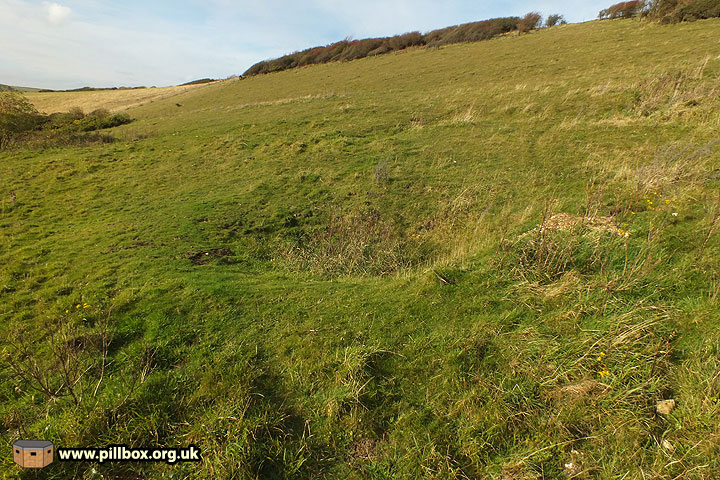
There's not much more to say about this; although I would have identified this as a bomb crater from landscape evidence alone, the camouflet aspect would never have been apparent without documents.
To positively identify a bomb crater is one thing, but to identify a different type of crater is something else!
- Pete

Email:
Blog Latest

Bishopstone reveals its pillbox secrets
18 October 2021

Pillbox or Observation Post?
10 June 2020

Uncovering the hidden secrets of a pillbox
8 June 2019

Review of 2018
31 December 2018

Wartime Christmas in East Sussex (2)
24 December 2018
Jargon-buster
War diary
A record of events kept by all units from the point of mobilisation. A diary's contents vary enormously from unit to unit; some give detailed entries by the hour on a daily basis while others merely summarise events on a weekly/monthly basis.
This site is copyright © Peter Hibbs 2006 - 2024. All rights reserved.
Hibbs, Peter Bomb craters (8) - Camouflet crater (2024) Available at: http://pillbox.org.uk/blog/216715/ Accessed: 27 July 2024
The information on this website is intended solely to describe the ongoing research activity of The Defence of East Sussex Project; it is not comprehensive or properly presented. It is therefore NOT suitable as a basis for producing derivative works or surveys!